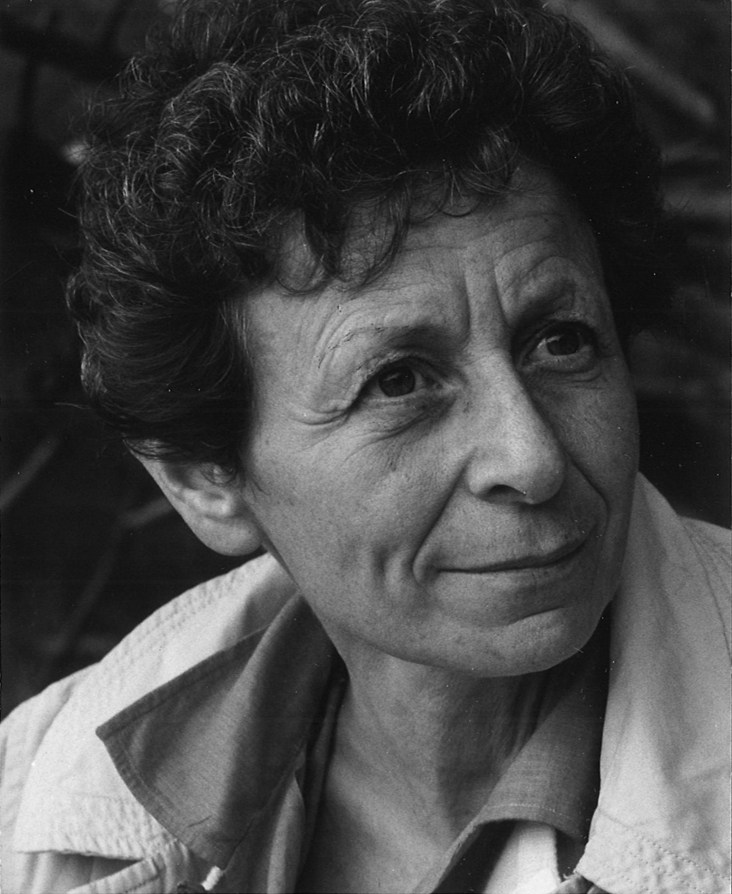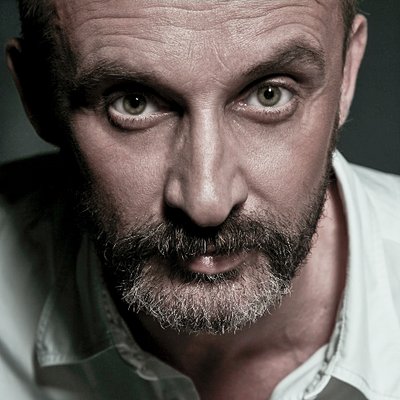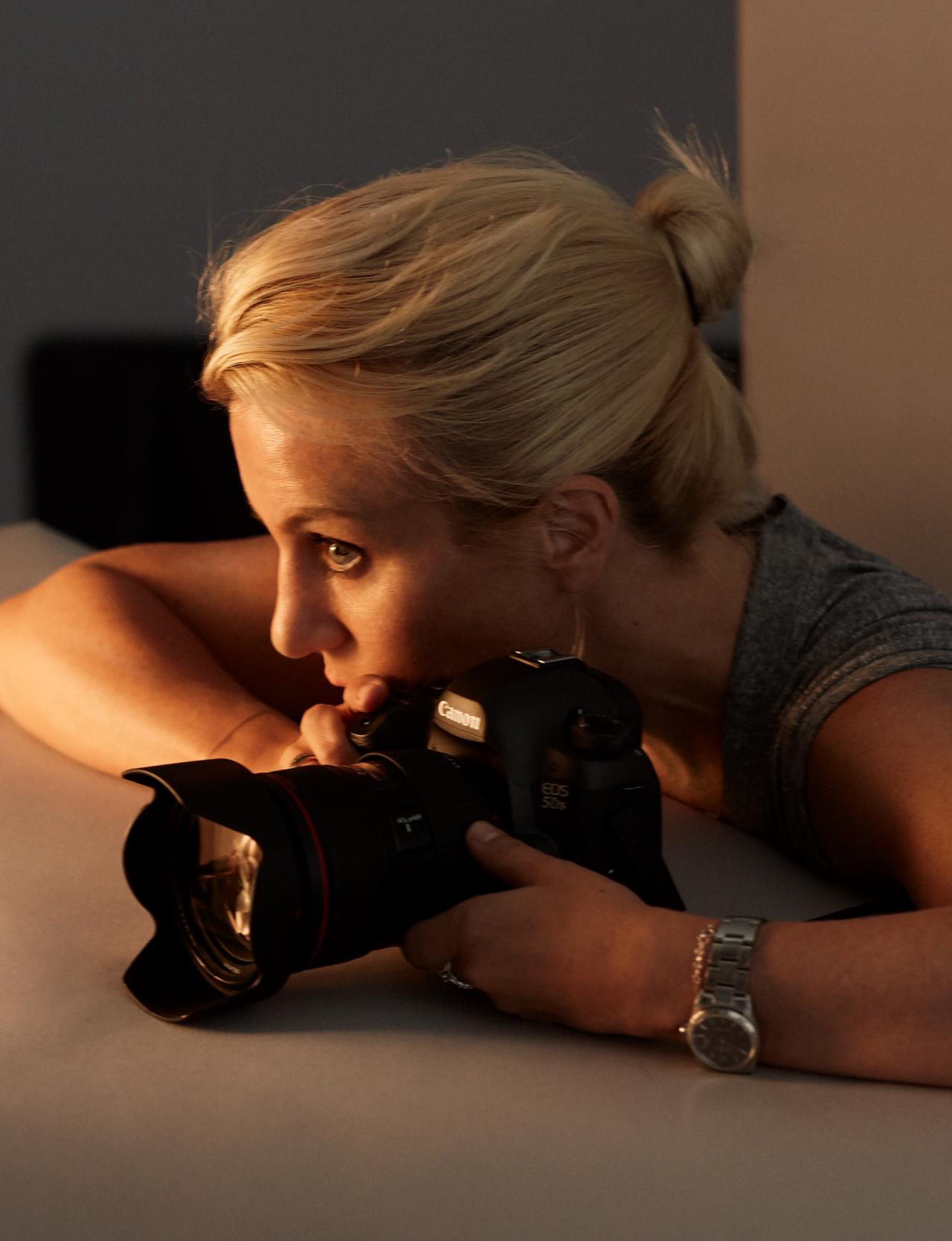Ruth Bernhard was a German-born American photographer.
Date of birth: October 14, 1905, Berlin, Germany
Death: December 18, 2006, San Francisco, California, United States
Bernhard was born in Berlin to Lucian Bernhard and Gertrude Hoffmann. Lucian Bernhard was known for his poster design and typeface, many of which are named after her and are still in use. Bernhard's parents divorced when she was 2 years old and she only met her mother twice after the divorce. She was raised by two teachers and her mother. Bernhard's father, Luciano, was a great supporter of Ruth's work, and gave her frequent advice.
Bernhard studied art history and typography at the Berlin Academy of Art from 1925 to 1927 before moving to New York to join her father. She began teaching at the University of California in 1958, at the same time that she gave lectures, classes, and workshops throughout the United States.
In 1927 Bernhard moved to New York, where her father already lived. She worked as an assistant to Ralph Steiner at Delineator magazine, but terminated her employment due to indifferent performance. Using the severity pay, Bernhard bought her own camera equipment from her. In the late 1920s, while living in Manhattan, Bernhard was heavily involved in the lesbian subculture of the art community, befriending photographer Berenice Abbott and her lover, critic Elizabeth McCausland. Her first discovery that she was attracted to other women occurred on New Year's Eve, 1928, when she met the painter Patti Light. She wrote about her "bisexual escapades" in her memoir. In 1934 Bernhard began to photograph nude women. It would be this art form that she would eventually become best known for. In 1935, she ran into Edward Weston on the beach in Santa Monica by chance. She would say later:
she was not prepared for the experience of seeing photos of her for the first time. It was overwhelming. He was a bolt of lightning in the dark...here before me was indisputable proof of what I had thought possible-an intensely vital artist whose medium was photography.
Bernhard was so inspired by Weston's work that she, after meeting him in 1935, moved to California (where she lived). In 1939, Bernhard returned to New York for eight years, during which time she met photographer Alfred Stieglitz.
Bernhard was inspired by the little things in her life. In a 1999 interview with the Photographers Forum, Ruth states, "I'm more interested in the little things that nobody notices, that nobody thinks have any value." In the same interview she stated that "everything is universal" and that she was "very aware of it". This idea of minimalism fueled her passion for photography.
In 1934 Ruth received a commission from the Museum of Modern Art (MoMA) to photograph works for the Machine Art exhibition catalogue. Her father Lucian Bernhard arranged the meeting with MoMA to her.
In 1944 he met and became involved with the artist and designer Eveline (Evelyn) Phimister. The two moved in together, staying together for the next ten years in Carmel, California. Here Bernhard worked with Group f/64. Soon finding Carmel a difficult place in which to make a living, she moved to Hollywood where she made a career as a commercial photographer. In 1953, she moved to San Francisco where she became a colleague of such photographers as Ansel Adams, Imogen Cunningham, Minor White and Wynn Bullock.
Most of Bernhard's work is based on studies, ranging from simple still lifes to complex nudes. In the 1940s she worked with the conchologist Jean Schwengel. She worked almost exclusively in black and white, although there are rumors that she had done some color work as well. She is also known for her lesbian-themed works, most notably Two Ways (1962). In that work, a black woman and a white woman who were lovers in real life are shown with their naked bodies pressed against each other.
One outlet was a collaboration with Melvin Van Peebles (as "Melvin Van"), then a young cable car conductor (conductor) in San Francisco. Van Peebles wrote the text and Bernhard took the unrecorded photographs for The Big Heart, a book about life on the cable cars.
In the early 1980s, Bernhard began working with Carol Williams, owner of Photography West Gallery in Carmel, California. Bernhard told Williams that she knew there would be a photography book after her death, but she hoped one could be published in her lifetime. Williams approached the New York Graphics Society, and several other photographic book publishers, but she was advised that "only Ansel Adams could sell black-and-white photography books." Bernhard and Williams decided to sell five limited-edition copies to raise the funds needed to publish a top-quality book of Ruth Bernhard in the nude. The later edition was produced by David Gray Gardner of Gardner Lithograph, (also the printer of the Adams books) and was called The Eternal Body. She won the 1986 Photography Book of the Year from Friends of Photography. This book was often credited by Ruth Bernhard as being of immeasurable help to her future career and public recognition of her. The Eternal Body was reprinted by Chronicle Books and later as a deluxe Centennial Limited Edition in celebration of Ruth Bernhard's centenary in October 2005. Carol Williams credited Ruth Bernhard with encouraging her to venture into book publishing, and he later published several other photographic monographs.
In the 1980s Bernhard also began working with Joe Folberg. Folberg purchased Vision Gallery from Douglas Elliott (who founded it in 1979) in San Francisco in 1982. Bernhard and Folberg worked together until Folberg's death. The gallery was split with Debra Heimerdinger taking over North American operations and Folberg's son, Neil, moving the "Gallery of Vision" to Jerusalem.
In 1967, Bernhard began a career as a teacher. This same year, Bernhard met United States Air Force Colonel Price Rice, an African-American man ten years her junior, and the two became lovers. They would remain together until her death in 1999. In his 90s, Bernhard collaborated with biographer Margaretta K. Mitchell on the book Ruth Bernhard, Between Art and Life, publicly revealing her many affairs with women and men throughout her life. his life.
In 1984 Ruth worked with filmmaker Robert Burrill on his autobiographical film Illuminations: Ruth Bernhard, Photographer. The film premiered in 1989 at the Kabuki Theater in San Francisco and on local PBS station KQED in 1991.
Bernhard was inducted into the Women's Art Caucus in 1981. Bernhard was hailed by Ansel Adams as "the greatest photographer of the nude."
Bernhard died in San Francisco at age 101.
(Source Wikipedia)
Any of the photos of her </ p>
Never spend too much time on one thing, because your soul is in that image.








 English (United Kingdom)
English (United Kingdom)